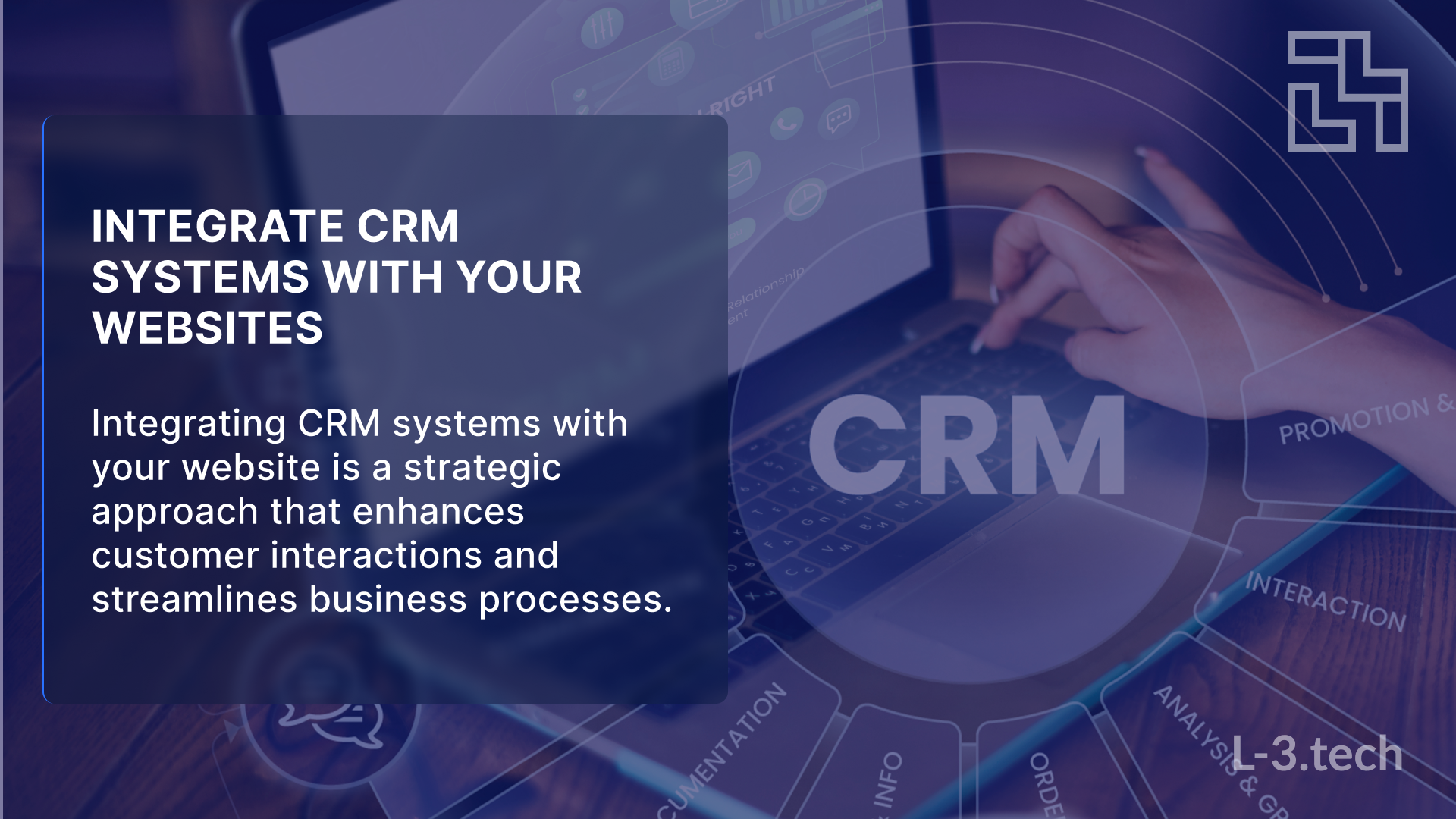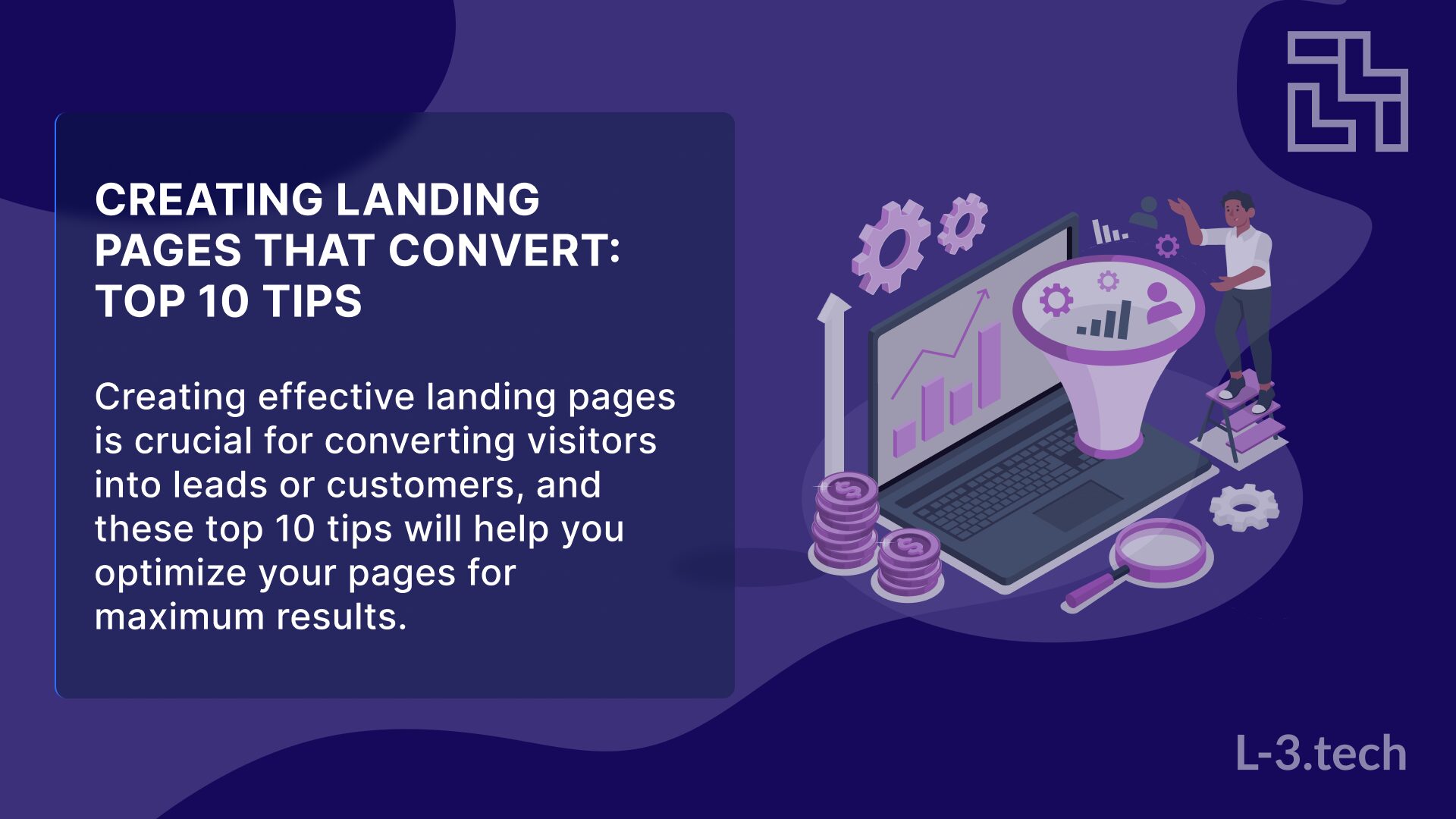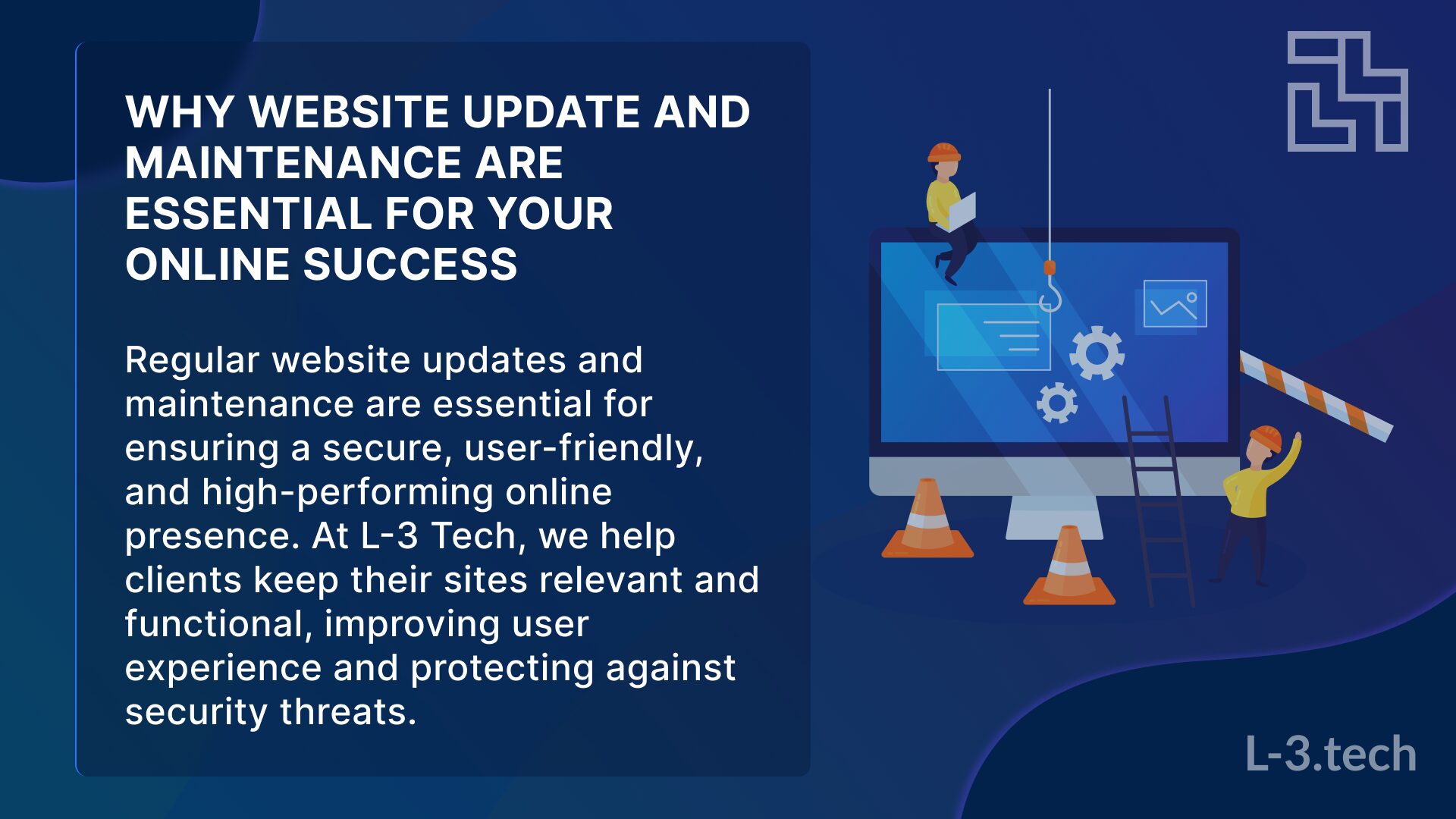Understanding SEO Basics
Search Engine Optimization (SEO) is the process of improving a website’s visibility on search engines like Google. It involves various techniques to attract organic traffic, such as keyword research, on-page optimization, and link building. Understanding these basics is crucial for anyone looking to enhance their online presence. By mastering SEO, you can help your website rank higher in search results, leading to more visitors.
What is Keyword Research?
Keyword research is the foundation of any successful SEO strategy. It involves identifying the words and phrases potential customers use when searching for products or services. By targeting these keywords, you can create content that meets user intent, improving your rankings and increasing conversion chances. Tools like Google Keyword Planner and SEMrush can assist in finding the right keywords.
On-Page SEO Techniques
On-page SEO refers to optimizing individual web pages to rank higher and earn more relevant traffic. This includes optimizing title tags, meta descriptions, and header tags. Additionally, using keywords naturally within the content is essential. Focus on improving page load speed and mobile-friendliness, as these factors significantly contribute to user experience and search engine rankings.
The Importance of Quality Content
Creating high-quality content is vital for effective SEO. Content should be informative, engaging, and relevant to the target audience. Providing value through your articles encourages users to stay longer on your site. Search engines reward websites that offer valuable content with higher rankings. Regularly updating content also signals to search engines that your site is active and relevant.
Link Building Strategies
Link building is the process of acquiring hyperlinks from other websites to your own. These links act as votes of confidence, signaling to search engines that your content is credible. Focus on earning backlinks from reputable sites within your niche. Guest blogging and creating shareable infographics are effective strategies for building links. Quality over quantity is key; a few high-quality links can be more beneficial than many low-quality ones.
User Experience and SEO
User experience (UX) plays a significant role in SEO success. A well-designed website that is easy to navigate keeps visitors engaged. Ensure your site is visually appealing and loads quickly to enhance UX. Search engines consider user engagement metrics, such as bounce rate and time on site, when ranking pages. Improving UX can lead to better SEO performance and higher conversion rates.
- Understand the basics of SEO.
- Conduct thorough keyword research.
- Optimize on-page elements effectively.
- Create high-quality, valuable content.
- Focus on building quality backlinks.
Keyword Optimization Techniques
Keyword optimization is a critical aspect of SEO that involves strategically placing keywords throughout your content to improve ranking chances. It’s important to use keywords naturally to avoid keyword stuffing, which can harm your rankings. Incorporating long-tail keywords can also help target more specific search queries. Effective keyword optimization leads to better visibility and increased organic traffic.
Using Long-Tail Keywords
Long-tail keywords are phrases that are more specific and usually longer than standard keywords. They often have lower search volume but higher conversion rates. By targeting long-tail keywords, you can attract a more focused audience. This approach helps rank for less competitive terms, making it easier to gain visibility. For example, instead of targeting “shoes,” target “best running shoes for flat feet.”
Keyword Placement Strategies
Strategic placement of keywords is essential for effective SEO. Place primary keywords in the title, headers, and throughout the content. Including keywords in image alt tags and URLs can boost SEO. Ensure the content remains natural and readable. Overusing keywords can lead to penalties from search engines, so balance is key.
Monitoring Keyword Performance
Monitoring keyword performance is crucial for understanding the effectiveness of your SEO efforts. Use tools like Google Analytics and Search Console to track keyword rankings and traffic. This data helps identify which keywords are driving traffic and which need improvement. Regularly analyzing performance allows for strategy adjustments. Staying informed about changes in keyword trends is also important for ongoing success.
Competitor Keyword Analysis
Analyzing competitors’ keywords can provide valuable insights for your SEO strategy. Look at the keywords they rank for and identify gaps in your own content. This analysis helps discover new opportunities and refine your keyword targeting. Tools like Ahrefs and Moz can assist in competitor keyword research. Understanding what works for others can improve your own SEO efforts.
Adapting to Keyword Trends
Keyword trends can change over time, so staying updated is essential. Regularly review your keyword strategy to adapt to shifts in user behavior. Seasonal trends and emerging topics can influence keyword popularity. Being proactive ensures your content remains relevant and optimized. Staying ahead of trends can give you a competitive edge in your niche.
- Utilize long-tail keywords for specificity.
- Strategically place keywords throughout content.
- Monitor keyword performance regularly.
- Analyze competitors for keyword insights.
- Adapt to changing keyword trends.
On-Page SEO Best Practices
On-page SEO encompasses all the measures you can take directly within your website to improve its position in search rankings. This includes optimizing content, HTML source code, and overall site structure. By following best practices, you can enhance both user experience and search engine visibility. On-page SEO is an ongoing process that requires regular updates and adjustments. Implementing these practices can lead to significant improvements in your site’s performance.
Optimizing Title Tags and Meta Descriptions
Title tags and meta descriptions are crucial for on-page SEO. The title tag is the first thing users see in search results, so it must be compelling and include the target keyword. Meta descriptions provide a brief summary of the page content and should also contain relevant keywords. Aim to keep both under 60 characters for title tags and 160 characters for meta descriptions. Well-optimized tags can increase click-through rates and drive more traffic to your site.
Header Tags and Content Structure
Using header tags (H1, H2, H3) helps organize content and makes it easier for readers to navigate. Use H1 for the main title and H2 for subheadings, ensuring they include relevant keywords. This structure not only improves readability but also signals to search engines the hierarchy of information. Properly structured content can enhance user engagement and reduce bounce rates. Clear organization is key to keeping visitors on your site longer.
Image Optimization Techniques
Images play a significant role in enhancing user experience, but they also need optimization for SEO. Ensure that images are compressed for faster loading times and use descriptive file names. Including alt text with relevant keywords helps search engines understand the content of the images. Optimized images can also appear in image search results, driving additional traffic. Balancing quality and size is essential for effective image optimization.
Internal Linking Strategies
Internal linking is the practice of linking to other pages within your website. This helps distribute page authority and improves navigation for users. Use descriptive anchor text to provide context for the linked pages. Internal links can also encourage visitors to explore more content, increasing time spent on your site. Strategically placed internal links can enhance overall SEO performance.
Mobile Optimization Importance
With the rise of mobile browsing, optimizing your website for mobile devices is crucial. Ensure your site is responsive and provides a seamless experience across all devices. Google prioritizes mobile-friendly sites in search rankings, so this is a key factor in your SEO strategy. Testing your site on various devices helps identify any issues that need addressing. Mobile optimization is essential for reaching a broader audience and improving rankings.
- Optimize title tags and meta descriptions.
- Use header tags for content structure.
- Implement image optimization techniques.
- Develop effective internal linking strategies.
- Ensure mobile optimization for all devices.
Off-Page SEO Techniques
Off-page SEO refers to actions taken outside of your website to impact its rankings within search engine results pages (SERPs). This includes link building, social media marketing, and influencer outreach. By focusing on off-page SEO, you can enhance your site’s authority and credibility. These techniques complement on-page efforts and contribute to overall SEO success. Building a strong online presence requires a combination of both on-page and off-page strategies.
Building Quality Backlinks
Backlinks are links from other websites to your own, and they are a major factor in SEO rankings. Focus on acquiring high-quality backlinks from reputable sources within your industry. Guest posting, creating shareable content, and networking with influencers are effective ways to build links. Quality backlinks signal to search engines that your content is trustworthy and valuable. Establishing relationships with other site owners can lead to more backlink opportunities.
Social Media Engagement
Social media plays a significant role in off-page SEO by driving traffic and increasing brand awareness. Actively engage with your audience on platforms like Facebook, Twitter, and Instagram. Sharing your content on social media can lead to more shares and backlinks. Building a strong social media presence enhances your credibility and authority in your niche. Social signals can indirectly influence search rankings, making this an important aspect of your strategy.
Influencer Outreach Strategies
Collaborating with influencers can significantly boost your off-page SEO efforts. Influencers have established audiences that trust their recommendations. Reach out to relevant influencers in your niche to promote your content or products. This can lead to increased visibility, traffic, and backlinks. Building genuine relationships with influencers can yield long-term benefits for your SEO strategy.
Online Reputation Management
Managing your online reputation is crucial for off-page SEO success. Monitor reviews and feedback about your brand across various platforms. Responding to reviews, both positive and negative, shows that you value customer feedback. A positive online reputation can enhance your credibility and attract more visitors. Maintaining a good reputation is essential for long-term SEO success.
Local SEO Techniques
Local SEO focuses on optimizing your online presence to attract more business from relevant local searches. Ensure your business is listed on Google My Business and other local directories. Including location-based keywords in your content helps reach a local audience. Encouraging customer reviews can also improve your local search visibility. Local SEO is essential for businesses that rely on local customers.
- Focus on building quality backlinks.
- Engage actively on social media platforms.
- Implement influencer outreach strategies.
- Manage online reputation effectively.
- Utilize local SEO techniques for visibility.
Measuring SEO Success
Measuring the success of your SEO efforts is essential for understanding what works and what needs improvement. Use various tools and metrics to track your website’s performance over time. Key performance indicators (KPIs) such as organic traffic, bounce rate, and conversion rate provide valuable insights. Regularly analyzing these metrics helps refine your SEO strategy for better results. Continuous monitoring is crucial for staying ahead in the ever-changing world of SEO.
Using Google Analytics for SEO Tracking
Google Analytics is a powerful tool for tracking website performance and user behavior. Use it to monitor organic traffic, user demographics, and engagement metrics. This data helps you understand how visitors interact with your site and which pages perform best. By analyzing this information, you can make informed decisions to improve your SEO strategy. Setting up goals in Google Analytics allows you to track conversions and measure success.
Tracking Keyword Rankings
Tracking keyword rankings is essential for assessing the effectiveness of your SEO efforts. Use tools like SEMrush and Ahrefs to monitor your rankings for targeted keywords. This helps identify which keywords are driving traffic and which need further optimization. Regularly checking rankings allows you to adjust your strategy based on performance. Staying informed about changes in rankings is crucial for ongoing success.
Analyzing Bounce Rate and User Engagement
Bounce rate is a key metric that indicates how many visitors leave your site after viewing only one page. A high bounce rate may suggest that your content isn’t meeting user expectations. Analyze user engagement metrics, such as time on site and pages per session, to gauge content effectiveness. Improving user engagement can lead to better SEO performance and higher rankings. Identifying areas for improvement is essential for enhancing the overall user experience.
Conversion Rate Optimization
Conversion rate optimization (CRO) focuses on increasing the percentage of visitors who take desired actions on your site. This could include signing up for a newsletter, making a purchase, or filling out a contact form. Analyze user behavior to identify barriers to conversion and implement changes accordingly. Improving conversion rates can significantly impact your overall SEO success. Testing different strategies and measuring results is key to effective CRO.
Regular SEO Audits
Conducting regular SEO audits is essential for maintaining and improving your website’s performance. Assess various aspects of your site, including technical SEO, on-page optimization, and backlink profile. Audits help identify issues that may be hindering your rankings and provide actionable insights for improvement. Staying proactive with audits ensures that your SEO strategy remains effective over time. Regular audits are crucial for adapting to changes in search engine algorithms.
- Utilize Google Analytics for tracking.
- Monitor keyword rankings regularly.
- Analyze bounce rate and user engagement.
- Focus on conversion rate optimization.
- Conduct regular SEO audits for improvement.




